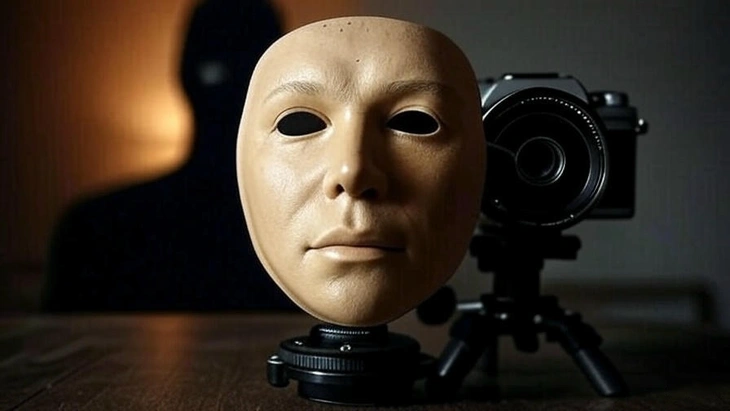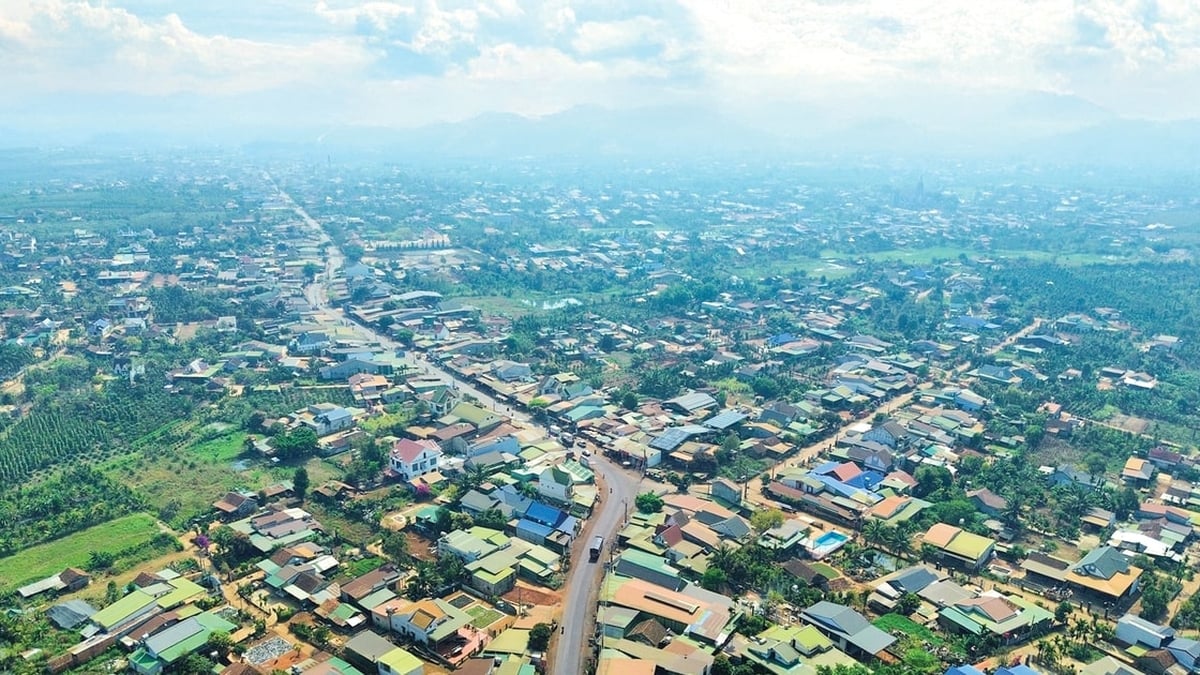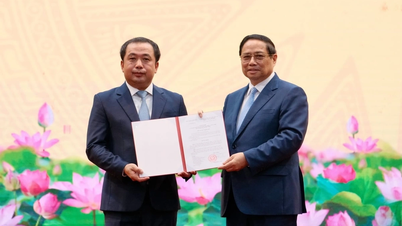
Deepfake technology makes the line between real and fake dangerously blurred
What is Deepfake?
You open your phone and are horrified to see a viral video : your face and voice giving a controversial speech at an event you never attended. Even though you know it’s not you, the video is too real to be suspicious. This isn’t science fiction, it’s the product of deepfakes, AI technology that can make you “do” things you’ve never done before.
In an era where truth and falsehood are being blurred, deepfake is not just a fun game online. It can be exploited to impersonate, defame, scam, and even threaten personal safety. So what exactly is deepfake? And what should we - ordinary users - do to recognize and protect ourselves?
Deepfake is a technology that uses deep learning - a branch of artificial intelligence - to create fake images, videos or audio recordings that look so realistic that they are difficult to distinguish from reality.
Essentially, the system will “learn” hundreds or even thousands of original photos and videos of a person, capturing details from gait, facial expressions to voice intonation. The AI will then blend these movements or sounds into any original content, making the character in the video or the speaker in the recording appear to “say” words they never said.
Recently, a series of videos have been circulating on YouTube and social media showing Barron Trump marrying Princess Leonor of Spain in a lavish ceremony. However, this is completely a product of artificial intelligence, created by the channel "Lovely Trump Family" for entertainment purposes.
Although these videos are captioned as being created using AI, they still cause confusion and controversy among the public.
How Deepfake “Learns” Your Face and Voice?
Think of AI as a super-fast painter and a “master mimic” singer. To draw your face, it only needs a photo or a few seconds of video:
Face learning: AI looks closely at every detail in the photo: the distance between your eyes, the shape of your nose and mouth, the wrinkles when you smile. Then it “paints” that face onto another frame, like an artist copying a sketch and adding color and detail. The result is a face that appears naturally in the original video, even though you were never there.
Voice learning: AI listens to you for a few seconds, remembering your pitch, rhythm, and tone. Then it “sings” back the same content, like a cover singer, but keeping your voice “authentic.”
Thanks to that, with just 1-2 photos and 3-5 seconds of audio, deepfake can “imitate” you to create fake videos or audio. This technology is fast, convenient and… a bit “magical”, but because of that, it is very easy to abuse to fake identities and spread false information.
How dangerous is deepfake?
Deepfake is not just for fun or to satisfy curiosity, it also poses many dangers to individuals and society:
Impersonation, financial fraud: Fraudsters can use deepfake voices to pretend to be bosses or relatives calling to ask for urgent money transfers. Just a few seconds of recording your real voice, the phone sounds exactly like a "boss" or "parent" urging, the victim can easily lose their guard.
A prime example: in 2019, a UK executive was tricked into transferring €220,000 after receiving a deepfake call impersonating the CEO of his parent company.
Infringement of honor, defamation of individuals: Videos of faces being superimposed on sensitive scenes (pornographic films, violent scenes, etc.) can go viral, causing serious mental and reputational damage to the people in the videos. Once online, these videos are very difficult to remove completely, even if proven to be fake.
Spreading fake news, manipulating public opinion: In a sensitive political context, deepfake videos of leaders saying things they never said can cause confusion and loss of trust in the media and government.
Threats to personal and national security: With sophisticated enough technology, bad actors can spread deepfake videos of fake emergencies (such as wars, disasters), inciting panic and social chaos. Security agencies also face great challenges in distinguishing between real and fake information when faced with dangerous intelligence.
While deepfakes open up many opportunities for entertainment and creativity, they have also become sophisticated “weapons” that require both individuals and authorities to be vigilant. In the following section, we will learn how to protect ourselves from this danger.
How to protect yourself from deepfakes?
While it's impossible to completely avoid the risk of being "targeted" by deepfakes, you can still minimize the risk in some simple but effective ways:
Limit sharing personal photos and videos publicly: The more facial and voice data you put on social media, the more AI has to create deepfakes. Keep your settings private, and think carefully before posting.
Be cautious with suspicious calls and videos: If you receive a call or video from someone you know but it has unusual content (such as a request to transfer money, strange statements, etc.), do not believe it immediately. Verify by calling directly or sending a message via another channel.
Use deepfake detection tools: Several platforms and security companies have developed tools that can check images/videos for signs of AI manipulation. While they aren’t perfect, they’re a useful first step.
Keep your digital footprint safe: Don't share voice recordings or videos of your face in uncontrolled environments (like strange chatbots or apps of unknown origin). Even a short recording can be extracted to impersonate you.
Be informed and vigilant: Don't panic, but understand: deepfakes have gone beyond entertainment technology. Share this knowledge with your loved ones, especially the elderly and children - groups that are easily fooled by "real" looking content.
You can’t stop AI from advancing, but you can certainly protect yourself with awareness, vigilance, and proactivity. In a world where truth and falsehood are just a few clicks away, knowledge is the best shield.
Source: https://tuoitre.vn/deepfake-cong-nghe-lam-mo-ranh-gioi-that-gia-20250528100957532.htm

































































































Comment (0)